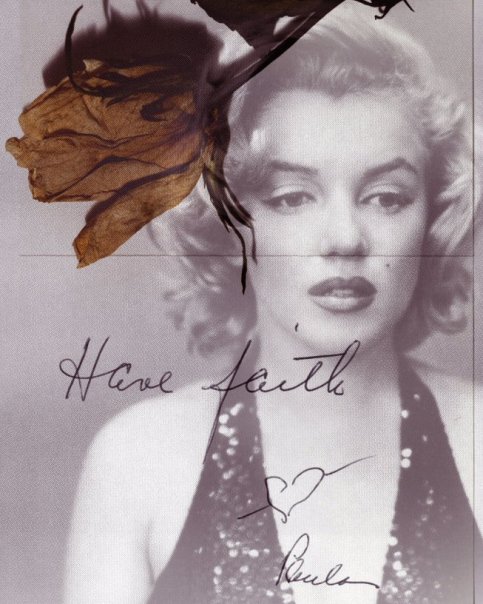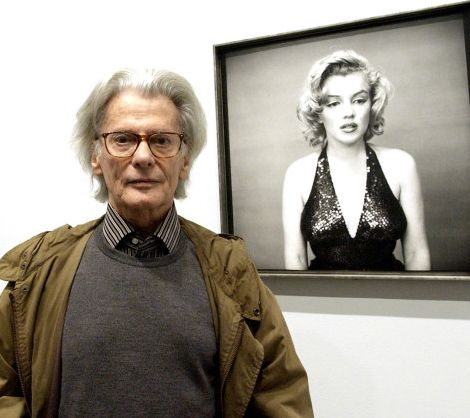
Taken at the end of a long sitting in 1957, the portrait now known as ‘Sad Marilyn’ has become one of her most iconic images, and a stand-out in her collaborations with Richard Avedon. Mark McClish, who worked with Avedon during the 1990s, names it as a favourite in Avedon: Something Personal.
“He let me choose a print when I left, and I picked the sad Marilyn. I had fallen in love with that picture when I was emptying wastebaskets every night as fourth assistant – I was all alone in the building, and so was she, somehow, and, I don’t know, she spoke to me. Dick did one of his smiley faces in the archival paper he wrapped her in for me – except he gave the face a frown and put tears in the eyes, which I’m not embarrassed to admit brought tears to mine. I still have my Marilyn – I haven’t had to sell it, my kids aren’t in college yet …”

Avedon was fiercely protective of Marilyn’s memory, as revealed in a chapter concerning a 2002 exhibition at New York’s Metropolitan Museum of Art.
“The two photographs he had designated for promotional purposes were the cross-dressing dancer John Martin and the Bee Man, but now the Met wanted to replace them with the sad Marilyn (a photograph that her own husband, Arthur Miller, had described as ‘succeeding as much as any single picture can in its attempt to portray her as herself’ and that Time magazine characterised as ‘the most psychologically inward picture ever taken of her’). The museum argued that Marilyn enjoyed a ‘Q Score’ of twenty-five (high for a ‘deleb’, or dead celebrity) and that using her to advertise the exhibition could make a disproportionate difference in the number of attendees. Dick protested that this would be exploiting her as a sex celebrity and proposed using June Leaf instead. In the end the Met got their Marilyn, and Dick got his June on the cover of the catalogue.”
Avedon shared another memory of Marilyn in conversation with model turned psychiatrist Lauren Helm, whom he photographed and interviewed for Vogue in 1983. “I remember saying something to the effect that I could never see myself the way other people said they saw me,” she recalls, “and he said that Marilyn Monroe had said practically the exact same thing to him.”